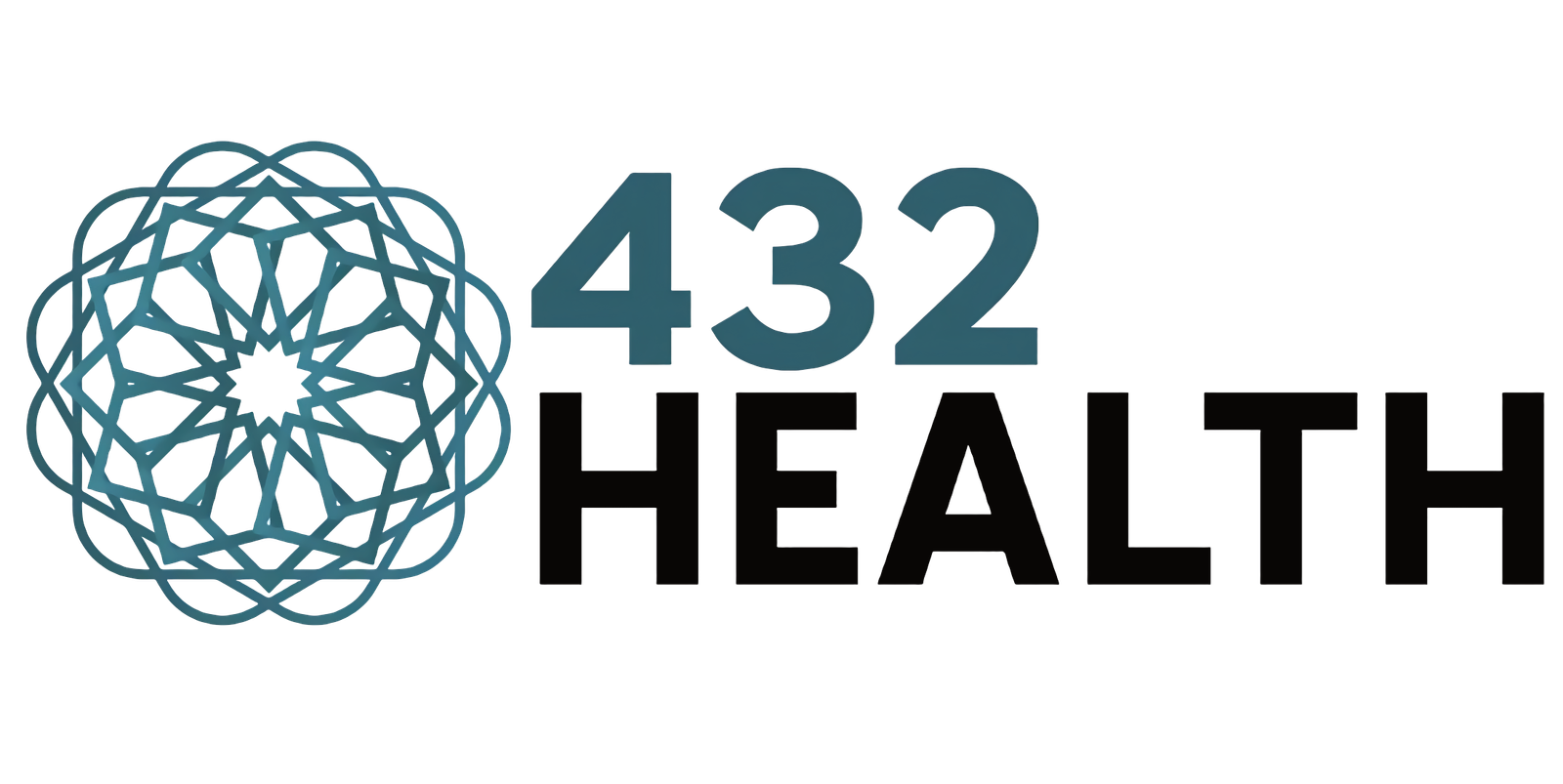In the world of music, Guido of Arezzo, an 11th-century Italian monk, stands as a pioneer and innovator. His contributions to the field, particularly in the development of musical notation and the Solfeggio System, have left a lasting impact on how we understand and perform music today.
Before Guido’s work, there were various methods for notating music, but they lacked standardization and widespread adoption. Guido’s invention of modern musical notation revolutionized the way music was written and preserved. He introduced a system of lines and spaces, known as a staff, which represented specific pitches. This breakthrough allowed for precise communication of musical ideas and paved the way for the vast repertoire of music we have today.
One of Guido’s most significant contributions is the development of the Solfeggio System. This system uses the syllables “ut,” “re,” “mi,” “fa,” “sol,” “la” (which later evolved into “do,” “re,” “mi,” “fa,” “sol,” “la”) to represent specific pitches. Guido’s use of these syllables can be traced back to the “Ut queant laxis” hymn. Each syllable corresponded to a particular pitch, providing singers with a way to learn and remember melodies more easily.
Guido’s solmisation system, as it came to be known, is still widely used in music education today. It serves as a foundation for teaching pitch and sight-singing, enabling musicians to develop their ear and vocal abilities. By assigning syllables to different pitches, Guido created a universal language for musicians to communicate and understand music.
The Solfeggio System’s influence extends beyond its educational value. Some believe that the specific frequencies associated with each syllable in the Solfeggio scale have spiritual and healing properties. According to this belief, each frequency resonates with certain qualities, such as balance, harmony, and spiritual awakening. However, it is important to note that to experience the healing benefits associated with the Solfeggio scale, it must be tuned to a reference pitch of A=432Hz.
It is worth mentioning that while the Solfeggio System has gained popularity in the realm of alternative healing and meditation, scientific evidence supporting its claims is limited. The healing properties attributed to the Solfeggio scale are often based on anecdotal experiences rather than rigorous scientific research. As with any alternative practice, it is essential to approach it with an open mind while also considering evidence-based approaches to health and well-being.
Buyer Beware! – As many so called ‘Healing & Meditation’ tracks are recorded in the base frequency of A=440Hz.
| Solfeggio Syllable | Frequency (Hz) | Associated Benefit |
|---|---|---|
| UT or DO | 396 | Liberating Guilt and Fear |
| RE | 417 | Undoing Situations and Facilitating Change |
| MI | 528 | Transformation, Miracles, and DNA Repair |
| FA | 639 | Connecting/Relationships |
| SOL | 741 | Expression/Solutions |
| LA | 852 | Awakening Intuition |
| TI or SI | 963 | Spiritual Order and Higher Consciousness |
The Real Solfeggio By: Jamie Buturff
Piano Tuned – A=440Hz – Solfeggio?

A=110Hz also vibrates at harmonics of 220Hz, 330Hz, 440Hz

The Importance of 432
The choice of A=432 Hz or A=440 Hz has a cascading effect on the entire piano scale, both mathematically and geometrically. The relationships between frequencies, waveforms, and resonances are altered, impacting the overall sound and character of the instrument.
Tuning a musical instrument or software synth to different reference pitches, such as A=432 Hz or A=440 Hz, affects every other note in various ways, considering the mathematical, harmonic, and geometric aspects.
| Note | Scale at 440 Hz | Scale at 432 Hz |
|---|---|---|
| A0 | 27.5 Hz | 27 Hz |
| A1 | 55 Hz | 54 Hz |
| A2 | 110 Hz | 108 Hz |
| A3 | 220 Hz | 216 Hz |
| A4 | 440 Hz | 432 Hz |
| A5 | 880 Hz | 864 Hz |
| A6 | 1760 Hz | 1728 Hz |
| A7 | 3520 Hz | 3456 Hz |
Pythagoras, Marko Rodin, and the Most Harmonic Numbers
Revealing the musical scale through which the Divine Universe was created.
After watching this video, how could you possibly believe the Heart Chakra frequency could be anything other than 512Hz in the A=432Hz scale.

